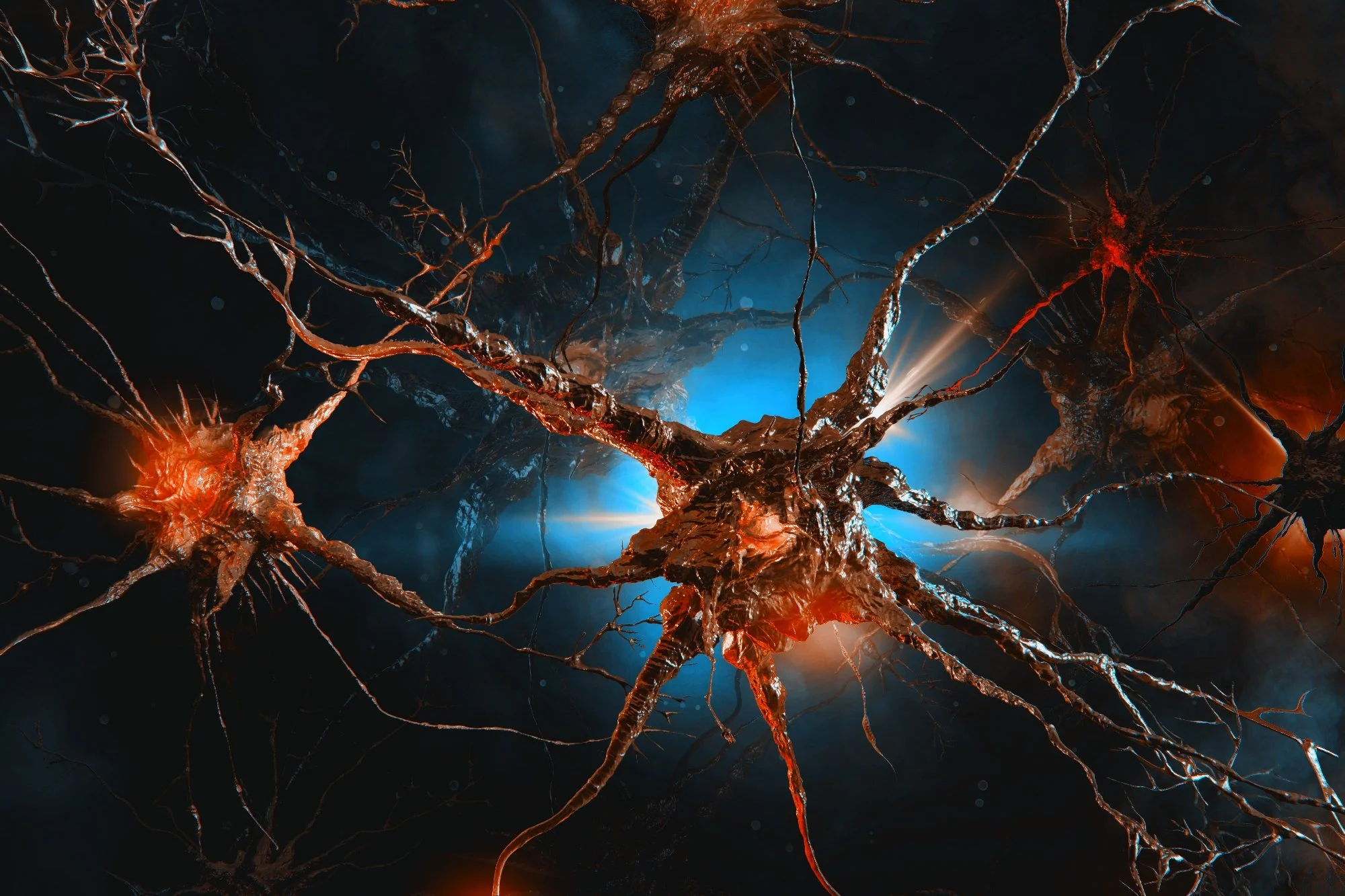
Let’s take a deep dive into aging
What is aging?
“Biological aging occurs as a person gradually accumulates damages to various cells. Also known as physiological or functional age, biological age differs from chronological age and it considers not only the time elapsed, but also a number of different biological and physiological developmental factors, such as genetics, lifestyle, nutrition, and comorbidities.”
– NIH National Institute on Aging

Why do we age?
Excerpted from Athena Longevity Guide to the Adventure of Aging: A beginners guide to the bewildering world of anti-aging medicine, by Lokahi’s Medical Director, Robert Peterson, MD
The Two Main Principles Behind Aging
Genes and the environment: “Nature vs. Nurture"
The process of aging is a complex phenomenon that affects all living organisms. It involves various biological changes that accumulate over time, ultimately leading to the decline of physical and functional abilities. Aging is multifactorial, stemming from numerous intricate mechanisms at play, but it is fundamentally based on two core principles.
The first principle is the “Nature’s plan” concept
The ‘io hawk, which flies nowhere else in the world but on the Big Island of Hawaii, is believed to be an aumakua – a personal guardian god in the shape of an animal.
The "nature's plan" concept is premised on a pre- programmed lifespan encoded in an animal from birth. According to this idea, developmental changes that occur during youth progress to subsequent DNA- encoded stages, eventually leading to senescence and ultimately death.
This makes sense when considering how well the DNA program works during prenatal development and early life. Starting from a single cell, DNA directs cell division on a precise schedule.
Additionally, the proteins, RNA, and other molecules produced by DNA alter their surroundings, triggering different DNA segments that help cells differentiate into various types needed to create a functional individual. After birth, this complex interaction allows children to reach developmental milestones at expected ages.
Based on this, it is reasonable to propose that a similar process occurs later in life, leading to the inevitable declines associated with aging.
These programmed changes suggest that there might be an evolutionary blueprint dictating the lifespan and aging process of each species.
This concept aligns with observations that lifespan is relatively consistent within a given species, while varying significantly across different species. For example, while humans typically live around 70-80 years, other species like certain turtles can live for over a century, and small rodents may only live a few years.
These programmed changes suggest that there might be an evolutionary blueprint dictating the lifespan and aging process of each species. Understanding these fundamental principles provides a foundation for exploring the broader aspects of aging and efforts to potentially mitigate its effects.
The second theory of aging is often referred to as the “wear and tear” model
This theory suggests that the accumulation of minor injuries eventually overwhelms the body's ability to repair them, leading to a progressive decline in function and, ultimately, death. Some of this “wear and tear” results from byproducts of metabolism (such as free radicals) that can be harmful to the body, contributing to internal pollution that is partly unavoidable.
Some of these effects include:
Hormonal Aging: Hormone levels, particularly those related to growth and reproduction, decline with age, impacting various bodily functions such as skin health, muscle tone, bone density, and sex drive.
Accumulative Damage: Exposure to environmental factors like UV radiation, toxins, and pollution accumulates over time, causing direct DNA damage and promoting inflammation, which can accelerate aging.
Metabolic Aging: The byproducts of metabolism can harm the body, and their accumulation over time can contribute to the aging process.
Error Theories: These theories include the “wear and tear” theory, which suggests that cells and tissues deteriorate from repeated use, and the genome instability theory, which posits that aging occurs due to the body's diminished ability to repair DNA.


